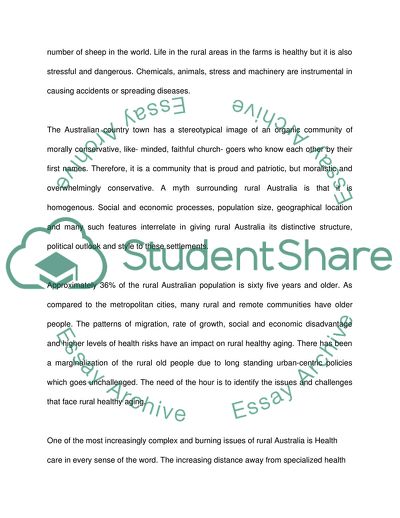Cite this document
(Health Care Services of Rural Australia Case Study, n.d.)
Health Care Services of Rural Australia Case Study. https://studentshare.org/health-sciences-medicine/1715870-rural-australia
Health Care Services of Rural Australia Case Study. https://studentshare.org/health-sciences-medicine/1715870-rural-australia
(Health Care Services of Rural Australia Case Study)
Health Care Services of Rural Australia Case Study. https://studentshare.org/health-sciences-medicine/1715870-rural-australia.
Health Care Services of Rural Australia Case Study. https://studentshare.org/health-sciences-medicine/1715870-rural-australia.
“Health Care Services of Rural Australia Case Study”. https://studentshare.org/health-sciences-medicine/1715870-rural-australia.


